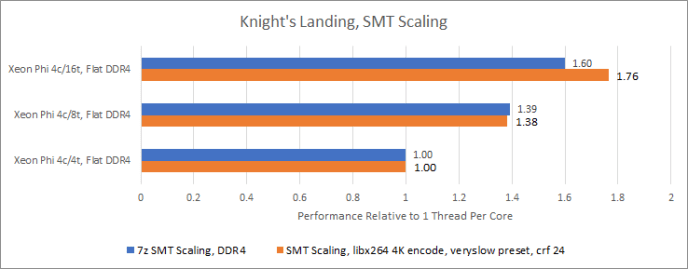I made this point before: though many applications are multithreaded, they still commonly have precious few, often just one or two, that are "performance critical" in that the performance of those specific threads is the main limiting factor with respect to user experience or application productivity. The other threads tend to be housekeeping, background processes and work-ahead prestaging of information which, while important, is not compute heavy and isn't performance determinant.
If we can make those performance critical threads more performant while still maintaining sufficient MT throughput via E cores, we improve more cases for everyone.





